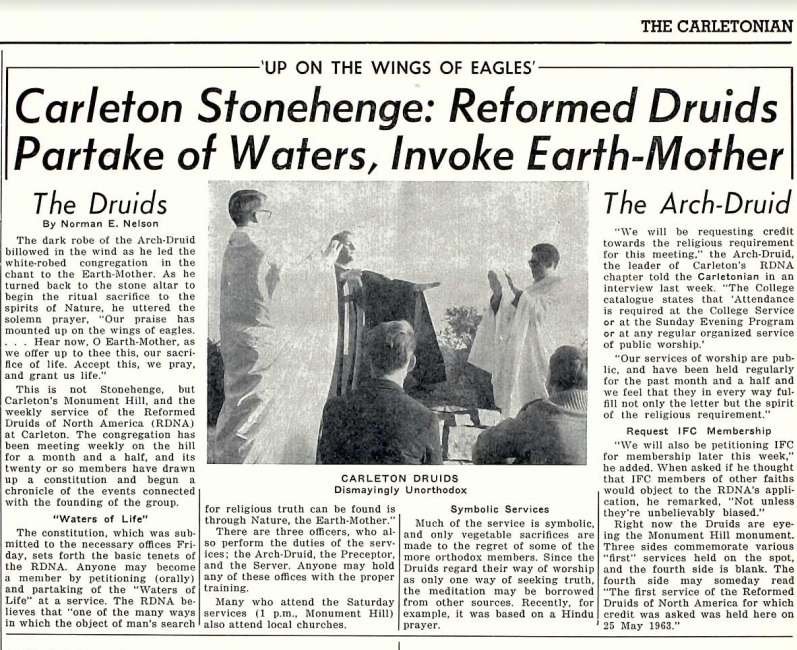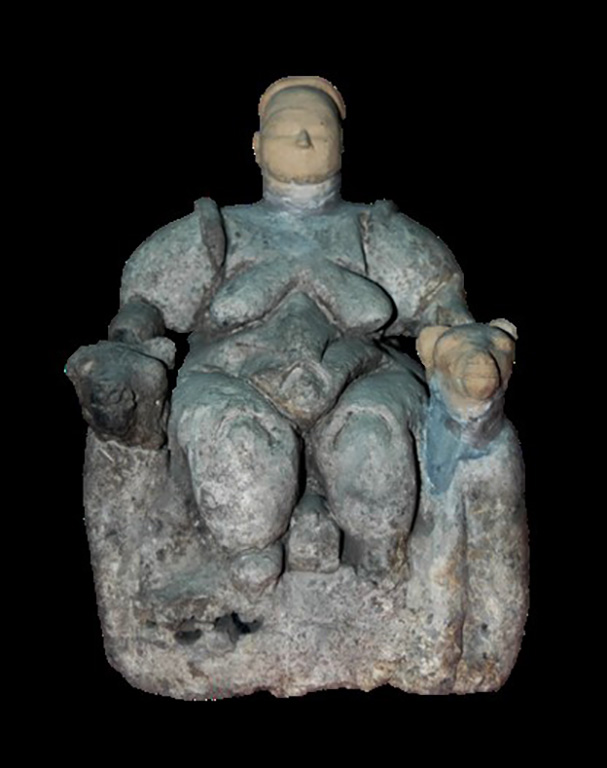
by Erica Frank
As I've been looking into news and literature sources away from the beaten path, I've run across several magazines that aren't likely to show up on your local newsrack: They're published by homophile organizations. They face tremendous prejudice and sometimes outright bigotry, despite their focus on nothing more objectionable than human relationships.
The term "homophile" was first proposed by Harry Hay, one of the founders of the Mattachine Society. It is widely used by gay rights groups to indicate that their identity is not centered around sex. However, the terms homophile, homosexual, gay, and lesbian are all used frequently throughout the periodicals.
ONE was created by members of the Mattachine Society and has been published since 1958. The Ladder is from the Daughters of Bilitiis, a lesbian organization; it's been around almost as long. Drum is the newcomer that began only last year, published by the Janus Society; it has a less serious approach, with more light-hearted content. All three have a letters section and book reviews, which I will cover at the end.
ONE: The Homosexual Viewpoint
One Incorporated is "A non-profit corporation formed to publish a magazine dealing primarily with homosexuality from the scientific, historical and critical point of view." A few years ago, it won a landmark lawsuit, establishing it as not obscene material, and therefore legal to send through the mail.
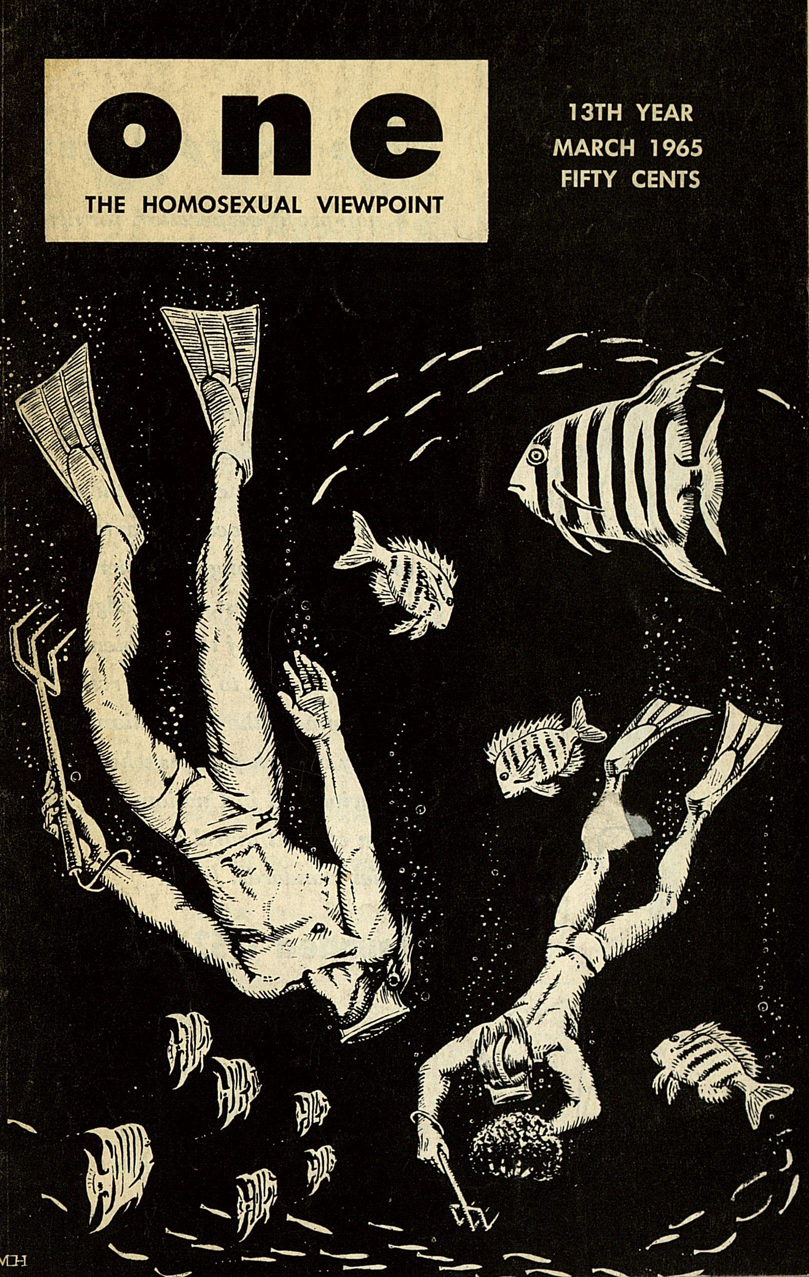
ONE has the highest production values of the three magazines I found. The text is neatly set in two columns for main articles and it has both photographs and line art. It has a mix of content types: interview article, fiction, poetry, news, and essays. It also has book reviews. All of them have news and book review sections, as any misunderstood and often-persecuted group needs both an awareness of how society treats them and an understanding of their own communities.
Interview with Elmer Gage, Mohave Indian
Mr. Gage is known as a homosexual in his local community, and they accept him. His photo, instead of showing him making the beaded belts he sells to tourists, or at home with his grandmother, is a publicity picture of him in his Bird Dancer outfit. He wears it for ceremonial dances and sometimes for lectures at universities, but it's not what he wears at home. (Of course not. Shakespearean actors may be portraying traditional British cultural entertainments, but nobody expects them to wear Renaissance-era garb all the time.) Despite the hardships he faces, he is at peace with himself; he says life is "too short to spend your time being something you don't want to be… I'm true to myself and my own nature."
Uncomfortable Fiction, Poetry
The short story, "Somebody Else All of a Sudden, Somebody New," by K. O. Neal, is short, and not an easy read. It involves Jeffy–probably a teenager–and a man called "Old Rocker," who pays him for sex: usually a silver dollar, but two dollars this time. (There are no prurient details in the story.) I'm left wondering if Old Rocker would seek other partners if doing so didn't risk arrest or even murder.
The poem that follows the story, "Lines for the almost gone," is not any less distressing. It's directed to either someone dying or someone on the edge of suicide. The other poem in this issue, "frankincense: three letters to c" by Abel Jones, reminds me of both e.e. cummings' style, with few capital letters and broken lines arranged carefully on the page, and Ginsberg's "Howl," with a mix of evocative imagery and coarse irreverence.
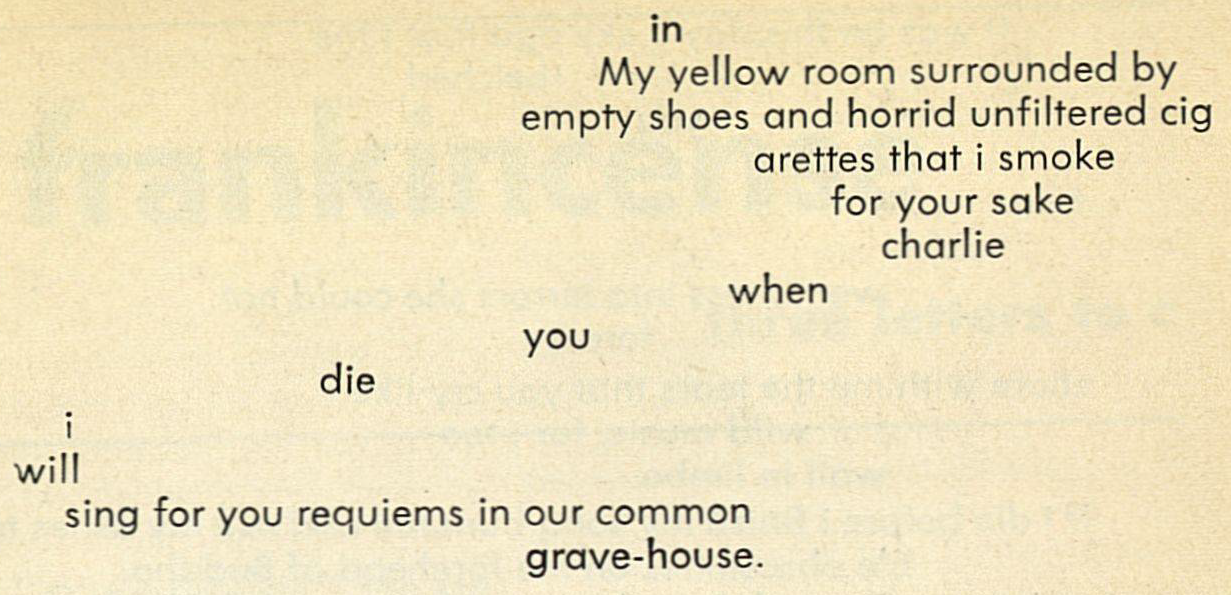
Transvestites: Not the same as gay
The article "Silks and Satins" by Charles Elkins is a plea for understanding. Men who wear traditionally women's clothing are not a unified group, nor are they all either gay or straight. Some would prefer to wear dresses and heels in public and be accepted as women; others only want them for bedroom activities. They are often very lonely, rejected even by other fringe communities, and told by psychiatrists that they should repress their harmless interest in looking and feeling feminine. I say: if someone wants to wear a silk dress and heels in public, let them. As Jefferson said, "it neither picks my pocket nor breaks my leg."
This and That
It also has a "news and views" column, "Tangents," which is a roundup of short synposes: Homosexuals in the media (a British tv show about lesbians on January 7th, Macleans magazine planning an article about them in the future); cops falsely accusing political candidates of homosexuality in California; one of Freud's theories about Leonardo da Vinci's homosexuality has been debunked. (Whether da Vinci was homosexual is unknown, but if so, it wasn't proven by a childhood memory of a vulture.)
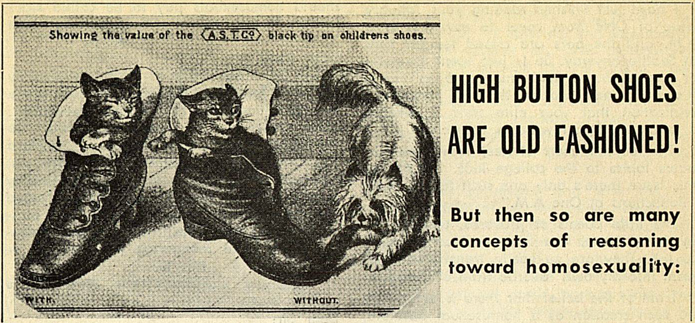
The Ladder: A Lesbian Review
The Daughters of Bilitis is "a women's organization for the purpose of promoting the integration of the homosexula into society" by education, participation in research, and promotion of changes to the penal code."
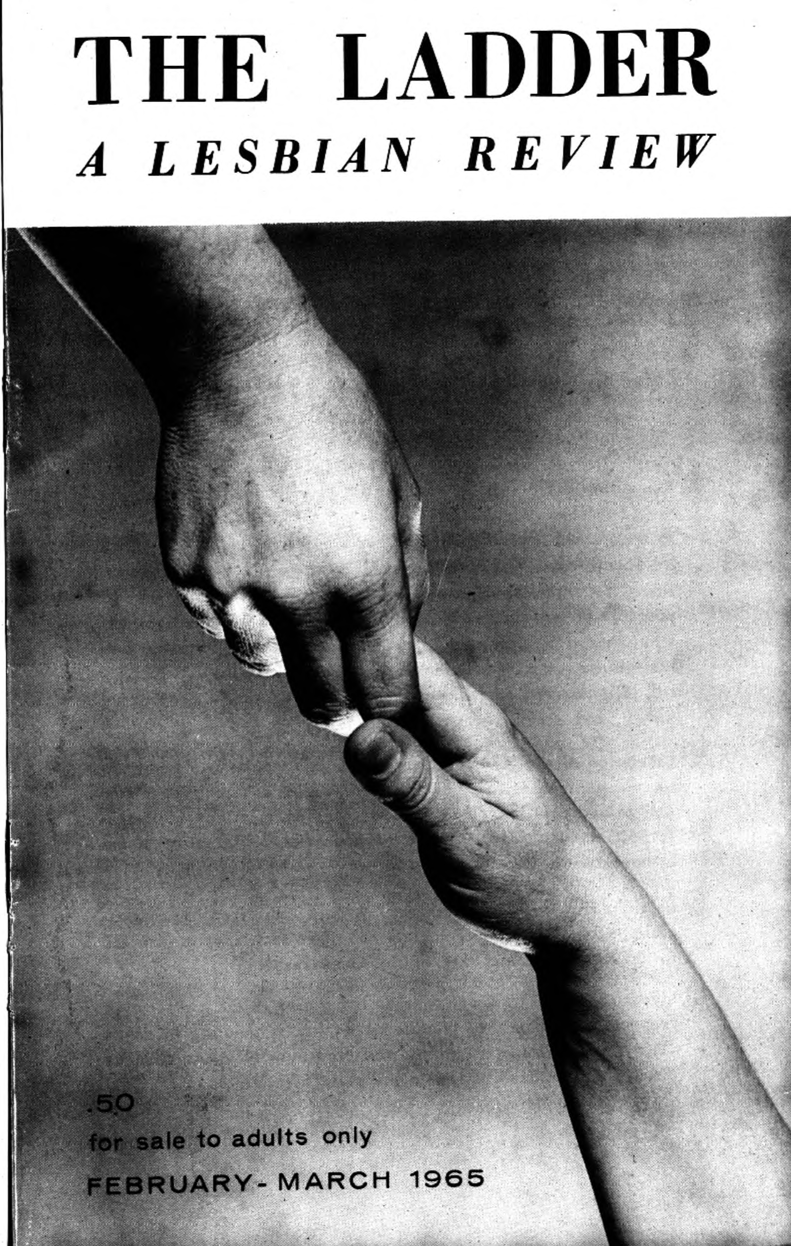
The Ladder's production quality is the lowest of the trio. Most of it is typed, and the text isn't always aligned evenly with the headings. There are no photographs and no line art. Still, it contains solid news articles (impressive, as it does not rely on a clippings service) and thoughtful essays.
Homophile Activists
This issue has several articles about public events. One called "After the Ball…" about the police raid on a New Year's Eve costume ball organized by the Council on Religion and the Homosexual, comprised of members of six homophile organizations. The police harassed attendees and photographed most of the 600 guests, and when they were told they needed a warrant to enter, they arrested the four people trying to stop them.
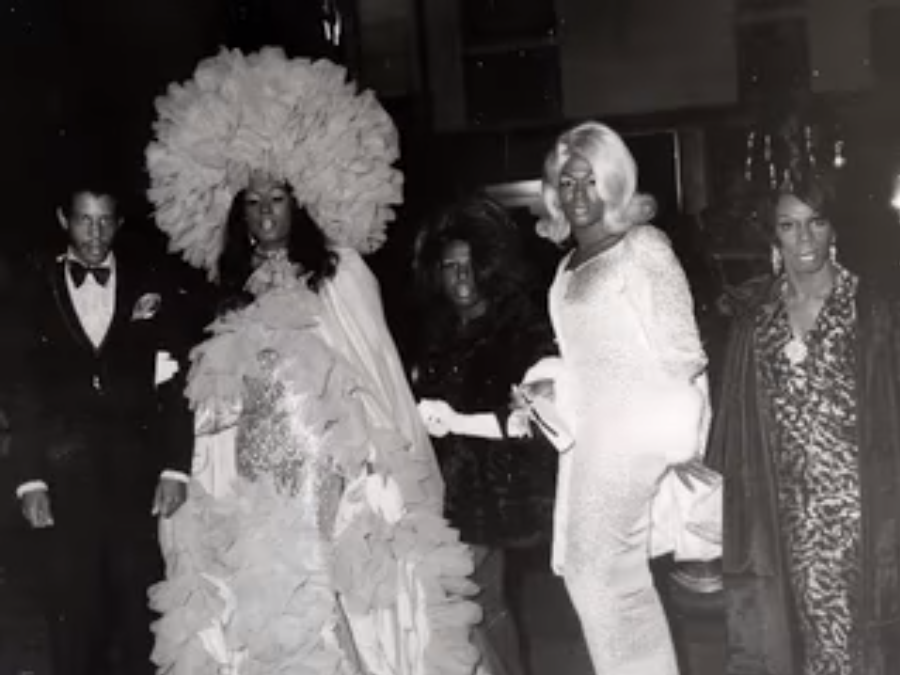
The other activism news was not as well covered in newspapers: Last December in New York, Dr. Paul R. Dince gave a lecture entitled "Homosexuality, A Disesase." Four picketers showed up to protest, handing out free homophile literature and holding signs saying "WE REQUEST 10 MINUTES REBUTTAL TIME." They made their request to the chairman of the forum – and it was granted!
After the lecture, during open questions, one of the picketers was allowed 10 minutes with a microphone. He pointed out that "experts" have contradictory theories about homosexulity. He mentioned they mostly study unhappy individuals, and they start with the assumption that homosexuality is a disease. (It's easy to "prove" something you already believe.) He also noted that most people in the "disease" camp say little against scams that charge ridiculous fees, claiming they will "cure" homosexuality. After the protesters received great applause, Dr. Dince conceded some of their points.
The E.C.H.O. (East Coast Homophile Organizations) report is five pages about the recent conference in Washington, D.C. This issue holds Part Four: "Act or Teach," based on recordings of the event. In this part, Dr. Franklin Kameny pointed out the flaws in approaching the public with information instead of demands for change. He said it is naive to assume information will overcome prejudice, but that when new laws establish civil rights, "public sentiment has then attempted to accommodate itself to the new situation."
Dr. Koneitzko disagreed with him, saying that acceptance from communities and churches is more important than technical legal rights. Kameny does not disagree, but he says that the acceptance will come after the laws change, not before.
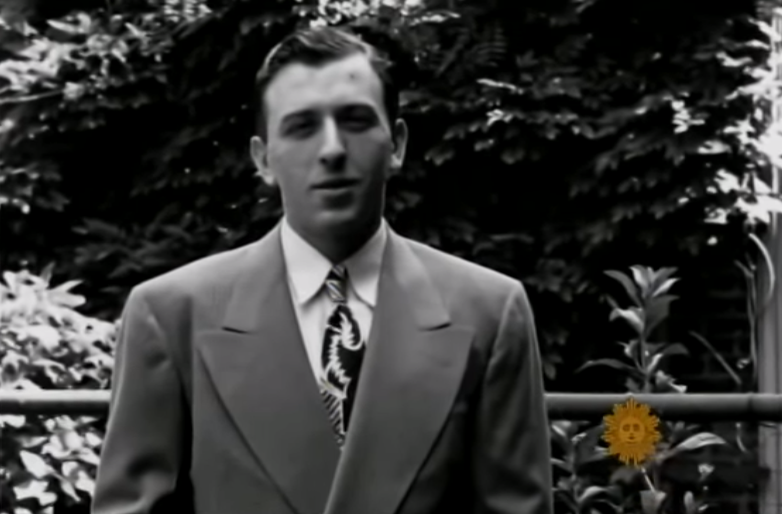
Essays and Poetry
"I Hate Women: A Diatribe by an Unreconstructed Feminist" is a rant about the repulsiveness of meek, timid, compliant femininity. The compelling title is rather tongue-in-cheek: The author, of course, does not hate women, since she is a lesbian. She hates, however, the notion that all women are destined to be servile wives and mothers, and decries that those who want a different path are often sent to a psychiatrist to "Find Out Why she Rejects the Feminine Role."
She goes on to talk about the risks of over-population, and quotes Arthur C. Clarke from the 1958 Harper's Magazine article, "Standing Room Only":
…the time may yet come when homosexuality is practically compulsory, and not merely fashionable. It will indeed be a piquant paradox if— in the long run and taking the survival of humanity as a whole as our criterion— this controversial instinct turns out to have a greater survival value than the urge to reproduce.
The other essay is considerably less angry. "To Tell or Not To Tell," by Vern Niven, is a short article about wrestling with secrecy, about the choice of whether homosexuals should tell their parents about who they love, or could love. The author says most parents can be accepting, but it may take some effort to prepare them for the truth. She encourages readers to be honest with their families. This can bring support and welcome for both themselves and partners, especially important when they consider their relationship a marriage.
The essays, while subjective, are directed to a broad audience. The four short poems seem more targeted in their appeal. Two have strong nature imagery; one is religious; one relates to music. None of them are overtly lesbian: they do not mention gender at all. But they are lyrical and intense, with hints of secrets being shared between the authors and readers.
And you, my subtle friend
Come counterpoint,
Offer me softly
of your melodic
Talents.
The tone of The Ladder is down-to-earth and almost wistful; the articles are laced with hope and perseverance. Not all of the homophile magazines are so sober.
Drum: Sex in Perspective
The name is inspired by a quote by Thoreau: "If a man does not keep pace with his companions, perhaps it is because he hears a different drummer. Let him step to the music he hears, however measured or far away."
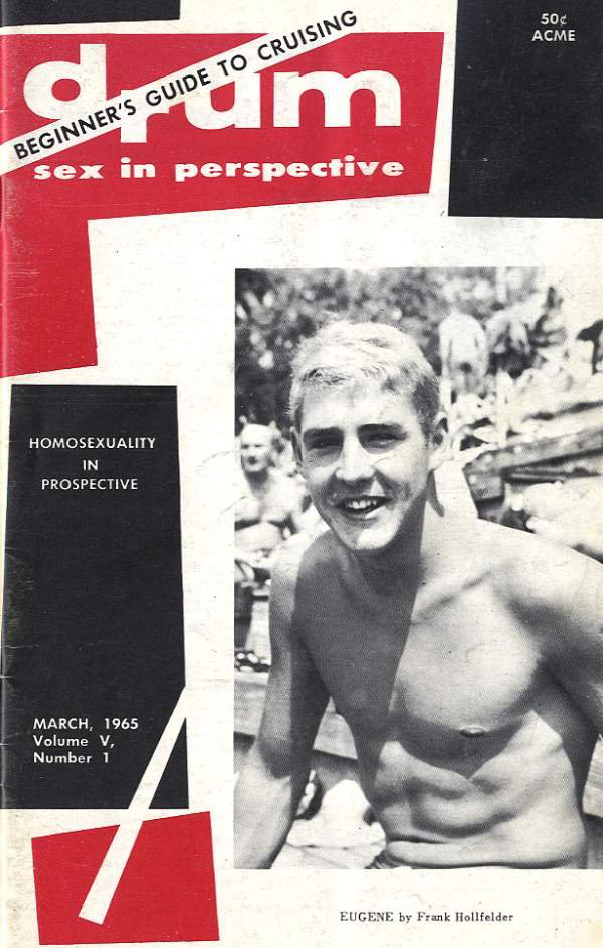
I saved the fun one for last. Drum has more lively content than the others: the longest article is the 12-page "Beginner's Guide to Cruising," which is as much playful as informative. Indeed, its very first news article includes a picture of Tony Sabella kissing Robert Kennedy.
The caption reads: "A group of New York lawyers is studing the possibility of having sodomy charges brought against Senator-elect Robert Kennedy for allegedly committing a public indecent act in the Fulton Fish Market to demonstrate the importance of Penal Law reform."
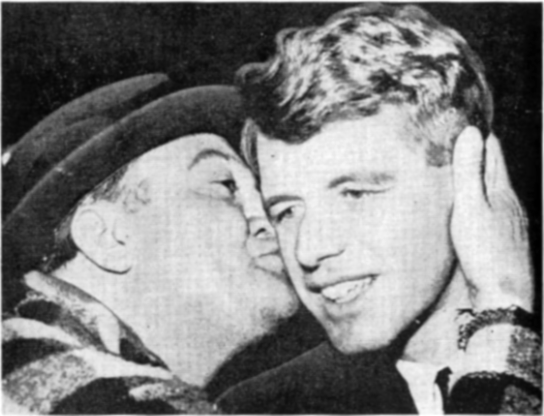
Dating Guide
The feature article, "The Beginner's Guide to Cruising" by George Marshall, bypasses any question of inner speculation or the gay identity within a heterosexual community. It is focused on a single goal: sexual conquest. While the methods described border on predatory, it is clear that the purpose is great fun for both men involved; this is not a primer for seducing people who aren't interested.
It spends some time discussing which men should not be pursued: Those who are "superbly dressed," as they are more interested in themselves than you; those wearing very tight slacks, indicating bitterness and a lack of feeling; those with white shirts and pastel pants, who will take you to court if things go badly; those with political causes, who will involve you in their mania; those who are drunk or drug addicts, who are, at best, walking complications.
It gives several possible approaches to avoid clichés like, "Care for a coffee?" It then goes on to discuss socializing after an introduction at a party, how to convince him you are a clever conversationalist (mostly by agreeing with him), and the importance of setting a future meeting date. While the tips in the article are very much focused on gay men who are seeking other gay men, they are the same methods used by salesmen and politicians: know your target, make yourself interesting, follow through with more contact.
Spy Stories
"I Was a Homosexual for the FBI" (by P. Arody) is a short article crammed full of hilarious stereotypes. It is ostensibly by someone who saved the country from "the deadliest conspiracy ever to rock the United States": To convince straight people that gays are really no different from their neighbors. The author had access to the FBI's extensive resources, including the Homo-o-dors that smell "suspected perverts" and flash a lavender light on detection. His "training" included "how to talk with a lisp" and "how to swish when walking, drink like an alcoholic, and organize orgies." (If the FBI knows how to organize orgies, I demand it release that information to taxpayers!) The result of all that hard work: "we caught every homosexual in the entire country and now all twelve of them were on trial!"
In keeping with this month's unstated "super spy" theme, we have several pages of artwork showing Harry Chess, that man from A.U.N.T.I.E ("Agents' Undercover Network To Investigate Evil) and his team. This is an an obvious play on the new Man from U.N.C.L.E spy-thriller tv show.
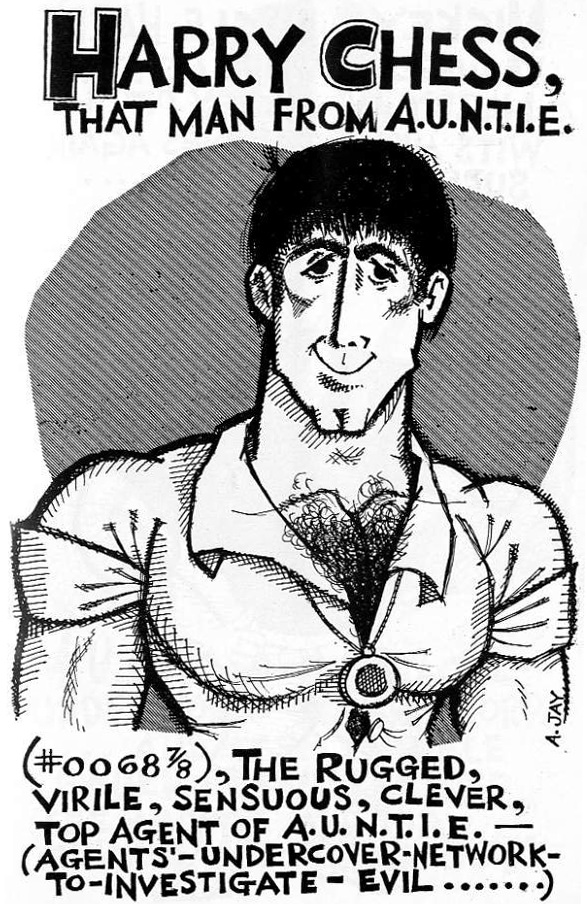
The puzzle is probably not connected to the spying, since one was included last month, and another will be shared next month. The "cryptogayme" cipher is a nice stretch-your-mind exercise in a magazine mostly devoted to casual enjoyment.

Pretty as a Picture
Speaking of casual enjoyment… the "Portfolio" covers four pages of the magazine: Full-page photos of young men wearing very little clothing. The portfolio is accompanied by ads from the photographers: $6 sent to an address in Germany will get you 8 black and white photos of two models, or 6 color slides. Alternately, $1 sent to a post office box in Detroit will get you "samples," which presumably will contain information on how to order more.
"More like this" is a recurring theme in all three magazines. Each contains contact information, mentions of homophile organizations (Drum has a full page listing more than 20 of them), and letters from the community.
The letters columns are compelling. Over and over, they say: Thank you. Thank you for helping me understand myself, my community. Thank you for helping me understand the truth about my loved ones. Thank you for showing me we can fight for better acceptance, for the rights our heterosexual neighbors take for granted.
The book reviews, while useful enough on their own, showcase one of the problems all homosexuals face: There is so little representation of them in literature and movies that they must accept any depictions of their existence as other than "evil" or "perverted" as a benefit. Books that draw on stereotypes are approved if they are not too inaccurate. Those that are well-written, in which the only homosexuals are background characters, are still recommended. This is a community eager to see their reality in print, and each of the magazines provides that to its audience.
Not So Different
The real truth shown by these magazines is this: These people are not so different from everyone else. Some gay men, like some straight men, go "cruising" for casual partners. Some gay men, like some straight men, would rather find a single person for a long-term committed relationship. Lesbians, like straight women, chafe under legal and social constraints. Lesbians, like straight women, fall in love and hope their trust will not be betrayed. Homosexuals, like heterosexuals, worry about what their families think of their career choices, their hobbies, and their partners.
With all these revelations of homophile lives and interests, the biggest discovery is that they are just people: some shallow, some passionate, some thoughtful, some clever, some angry, some shy. If they have an agenda, it's to be allowed to live and love in peace, just like their neighbors.
[Come join us at Portal 55, Galactic Journey's real-time lounge! Talk about your favorite SFF, chat with the Traveler and co., relax, sit a spell…]

![[February 10, 1965] A Gay Old Time (March 1965 <i>ONE</i>, February-March 1965 <i>The Ladder</i>, March 1965 <i>Drum</i>)](https://galacticjourney.org/wp-content/uploads/2020/02/650210_Drum_Cover-604x372.png)

![[December 3, 1964]: Future Bound (Civil Rights and a Colorful Journey)](https://galacticjourney.org/wp-content/uploads/2019/12/641203JoanBaez-474x372.jpg)
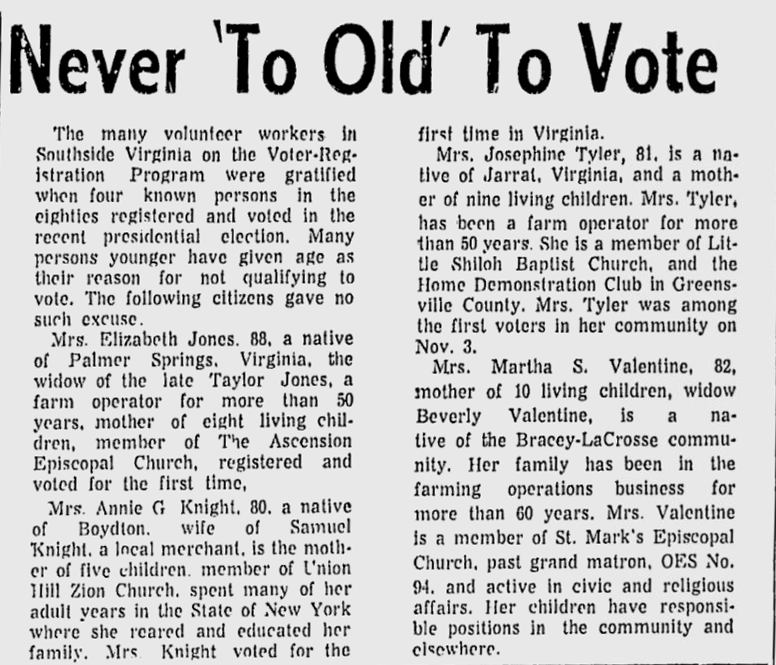

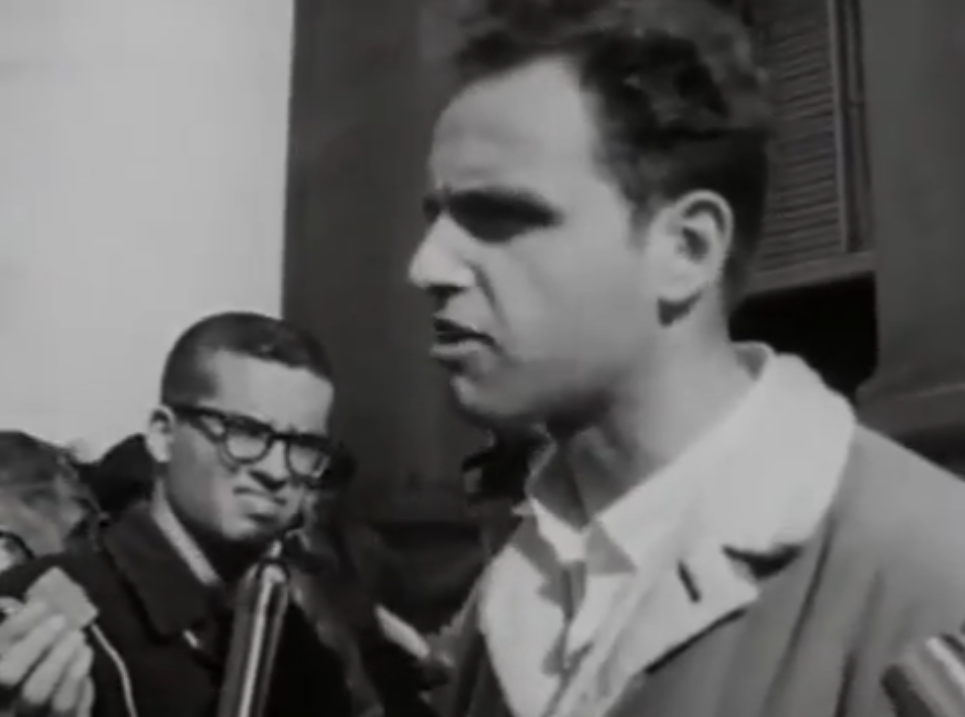
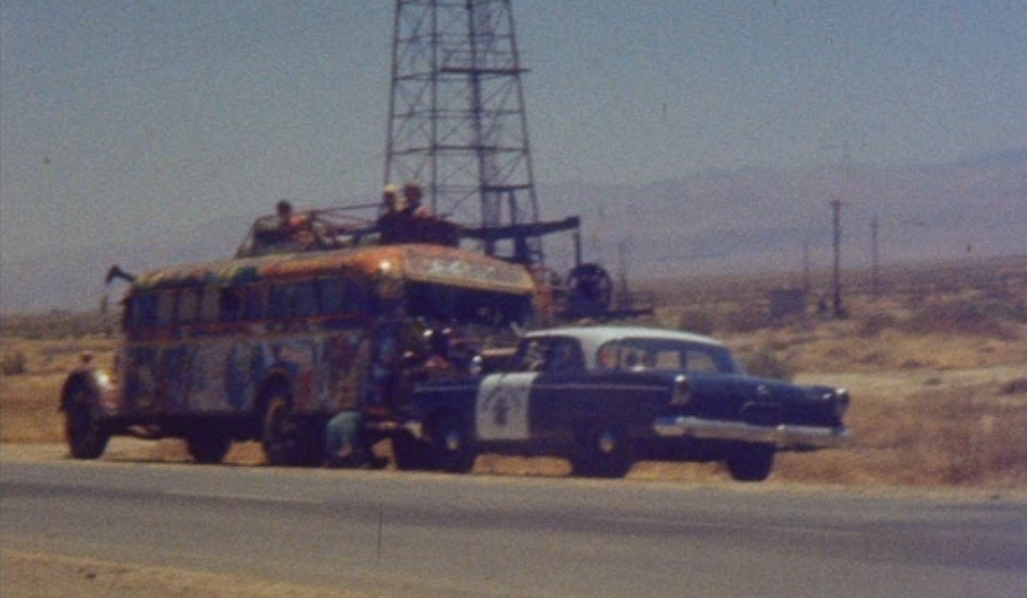

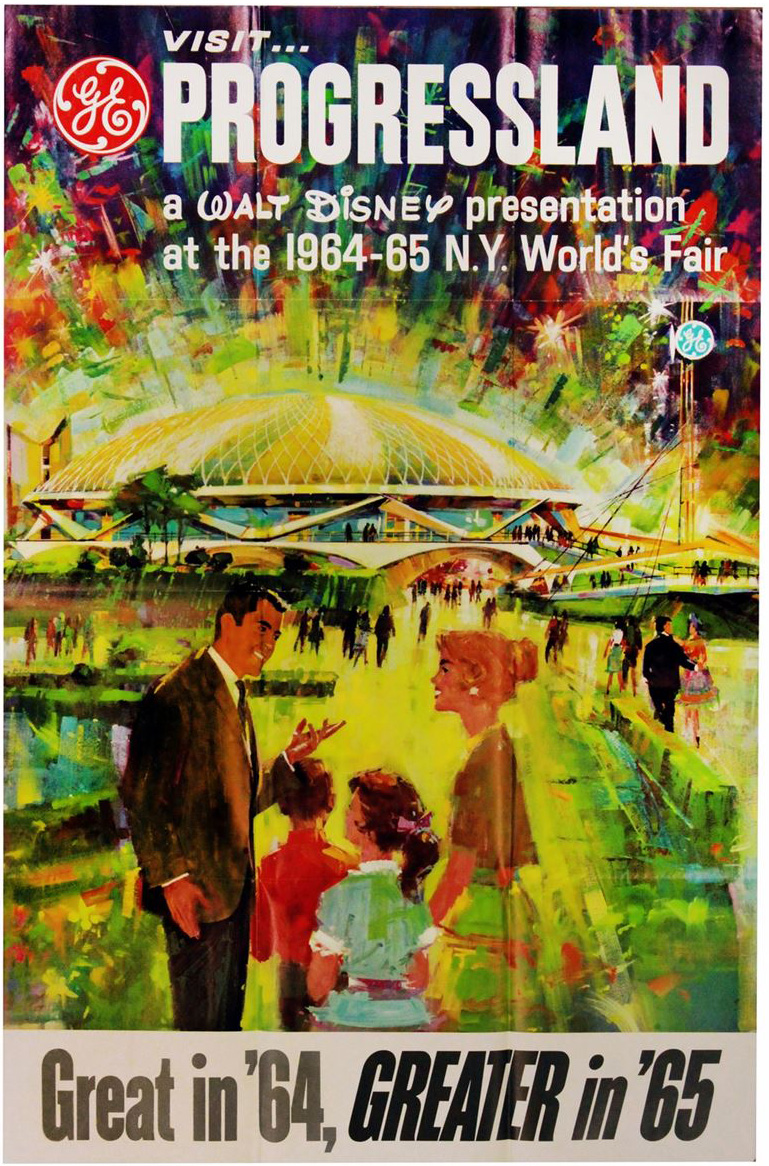
![[October 4, 1964] Are You Literate Enough to Vote in Louisiana?](https://galacticjourney.org/wp-content/uploads/2019/09/641004protest-672x372.jpg)
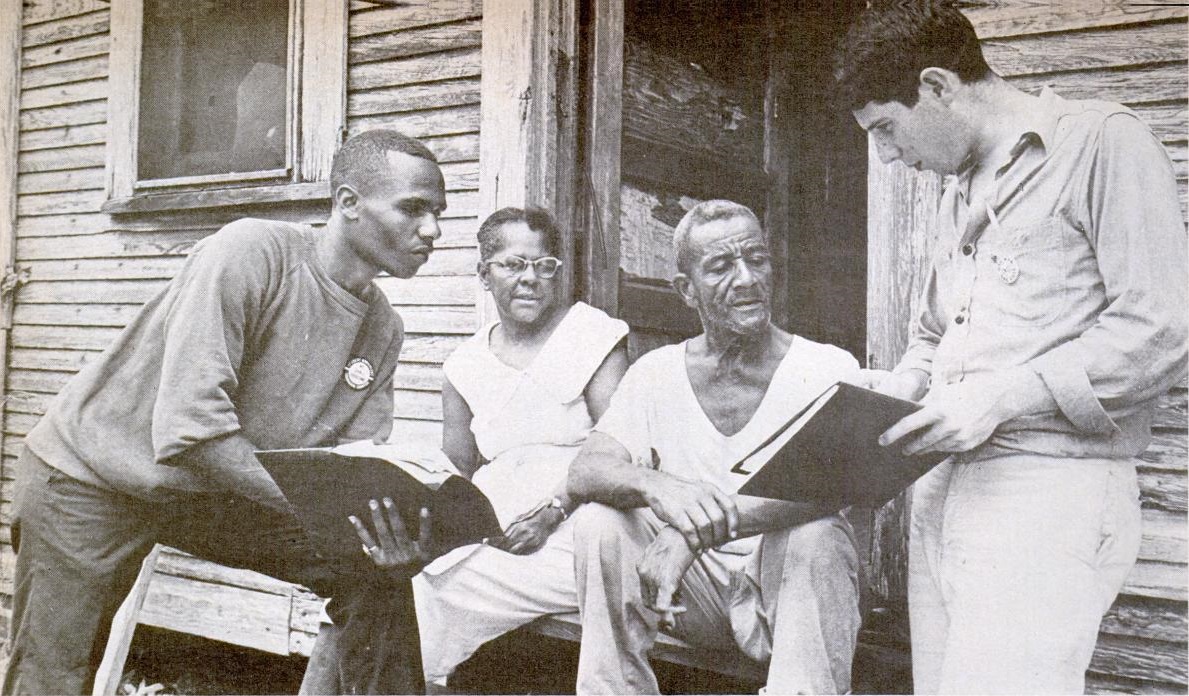
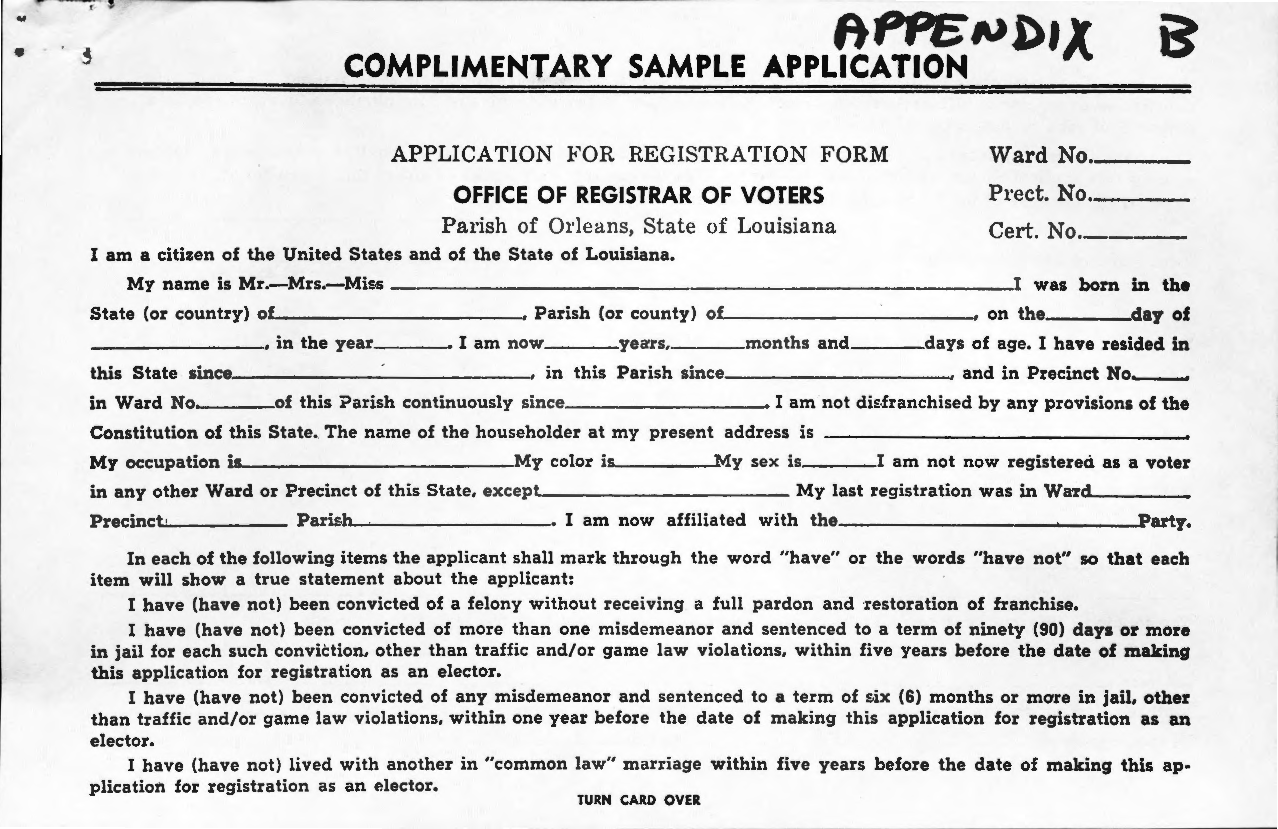

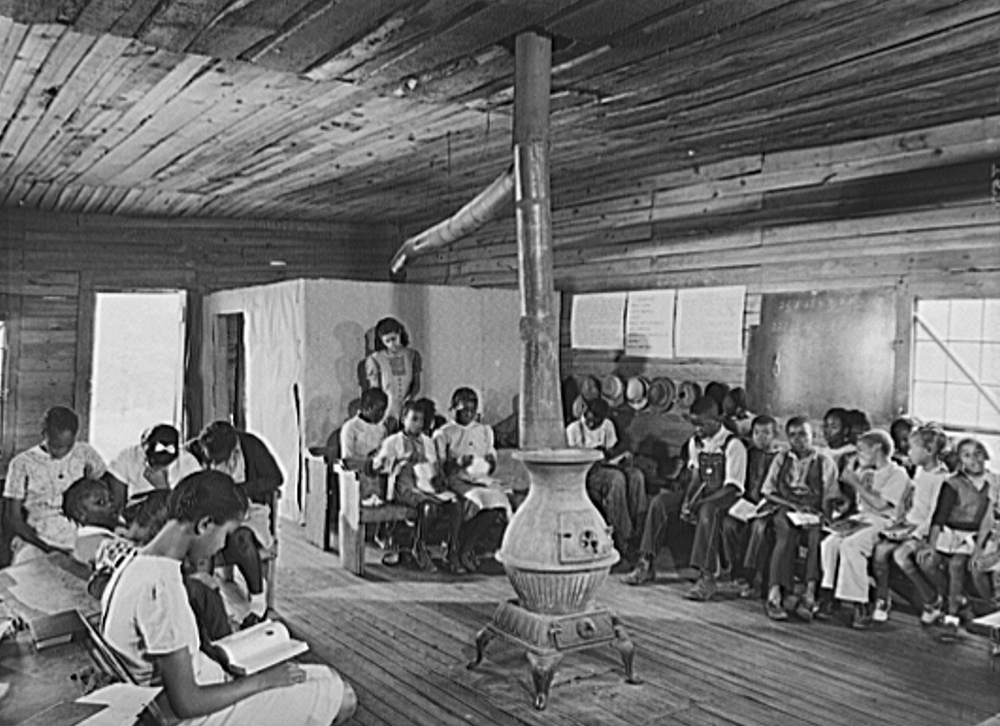


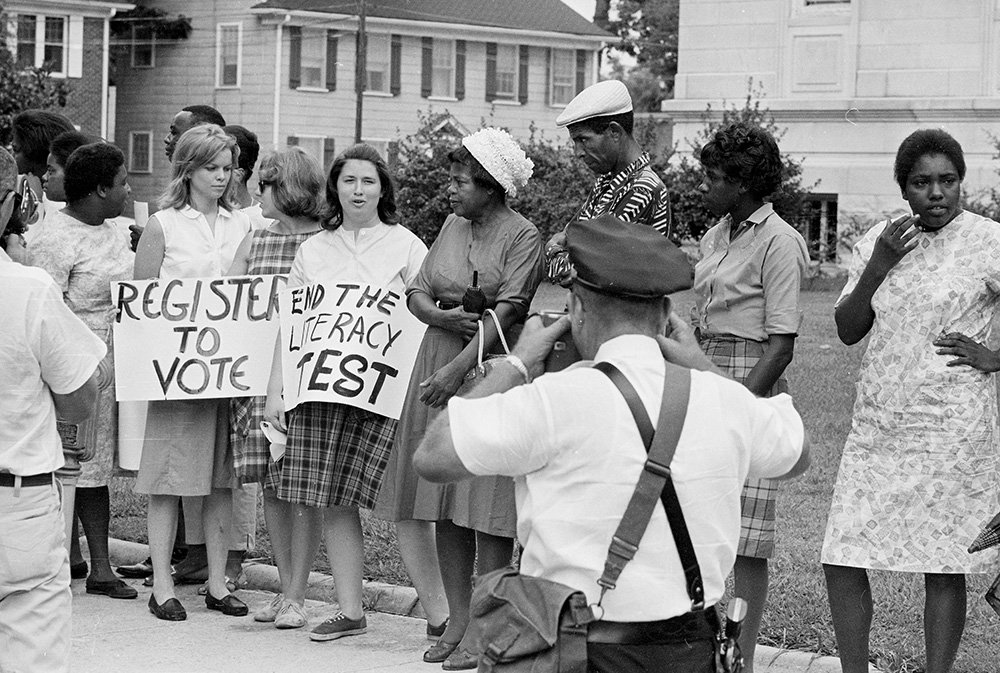
![[August 9, 1964] Heroic Considerations (Fall 1964 <em>Alter Ego</em>, July 1964 <em>Batmania</em>)](https://galacticjourney.org/wp-content/uploads/2019/08/640809AlterEgo7-cvr-672x372.jpg)
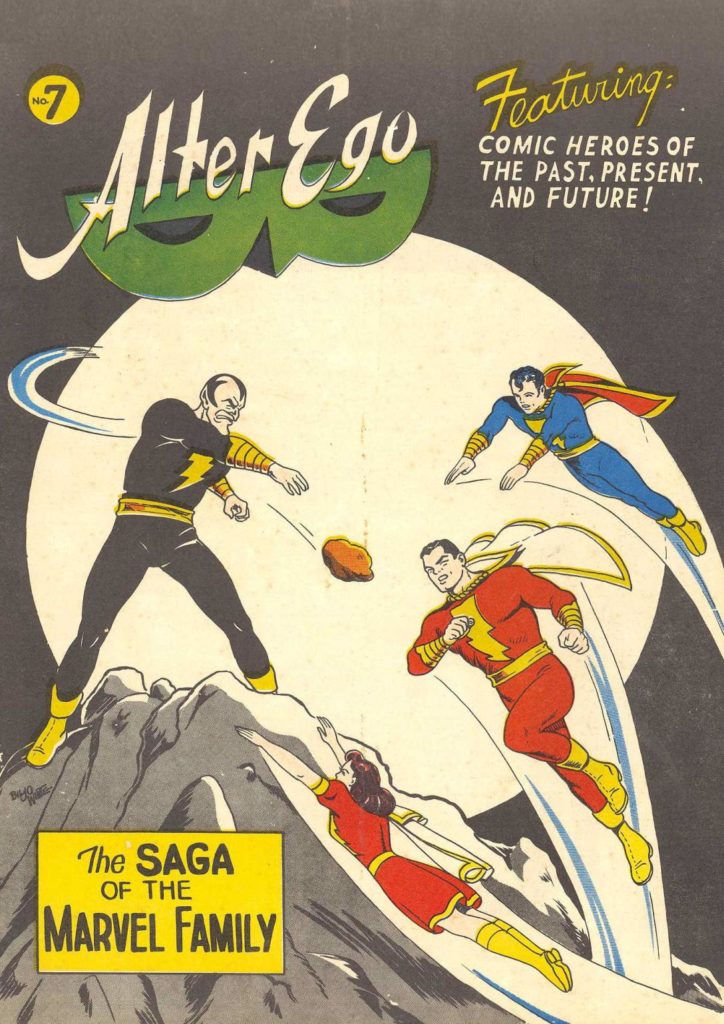
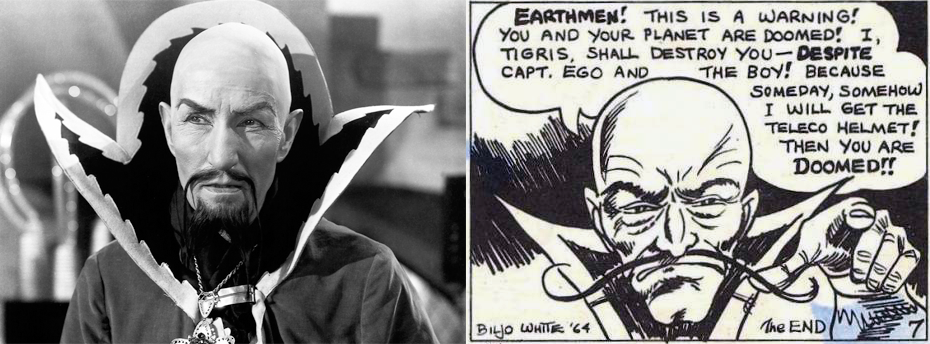
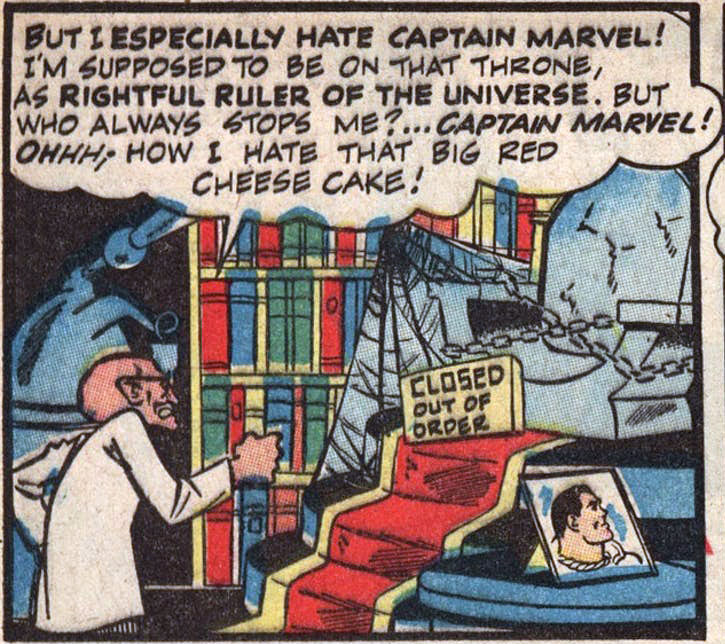
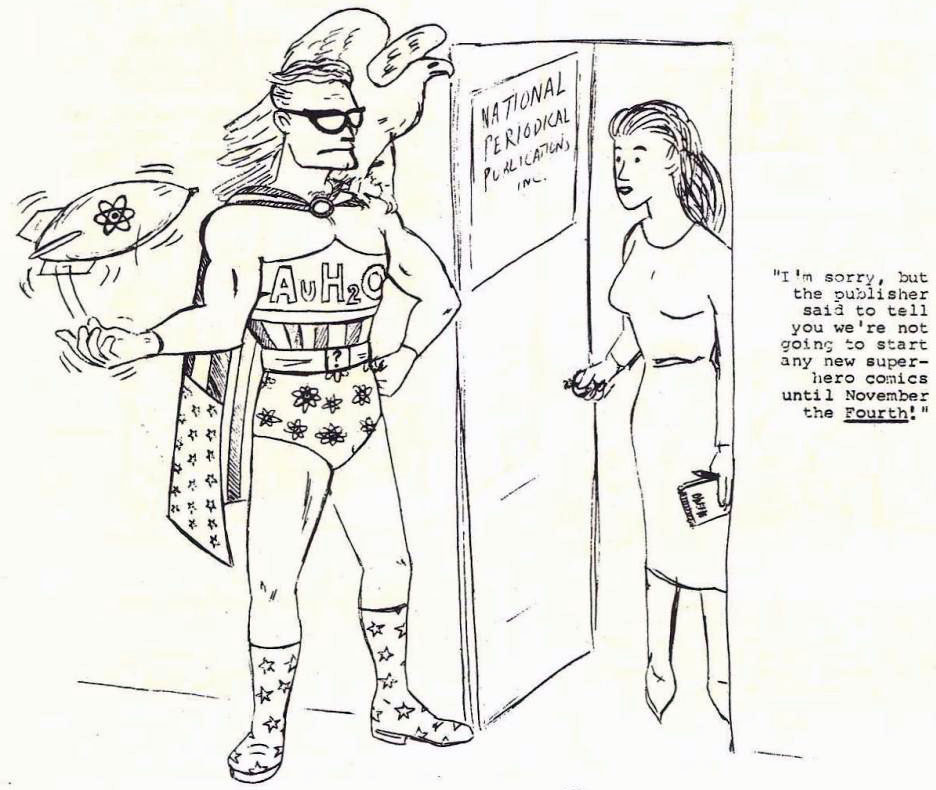
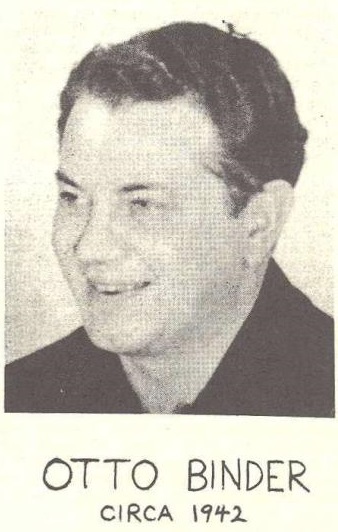
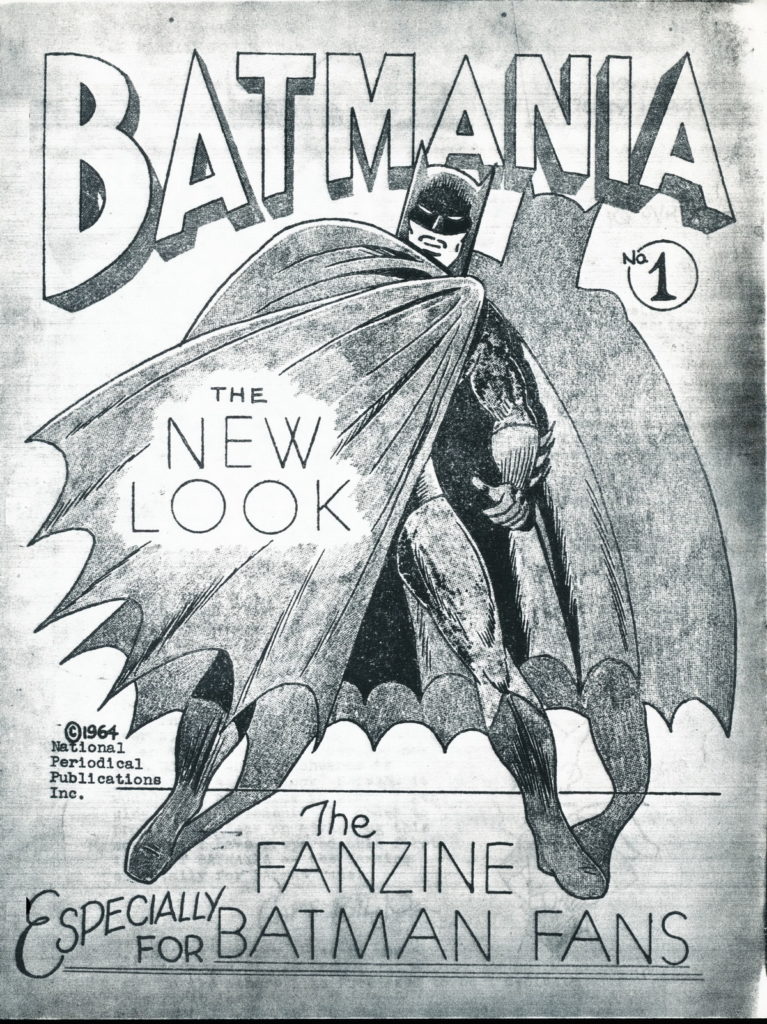



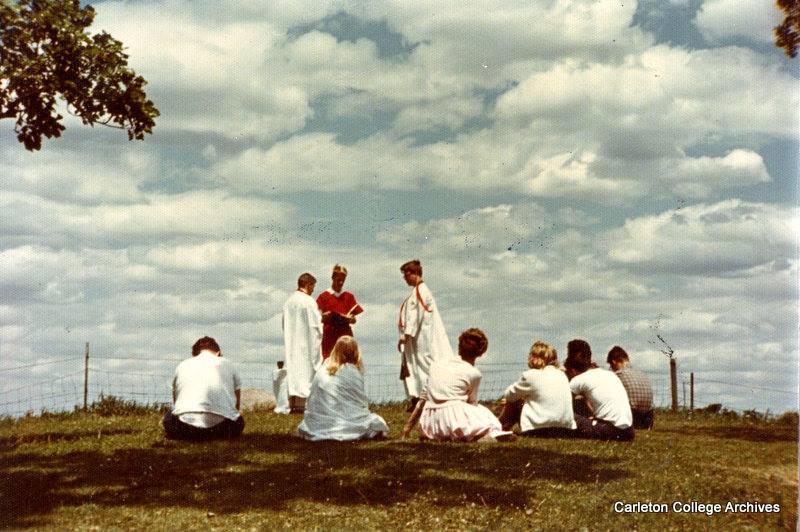
![[July 4, 1964] A Struggle for Freedom (The Civil Rights Act)](https://galacticjourney.org/wp-content/uploads/2019/07/640704jobmarch-672x372.jpg)
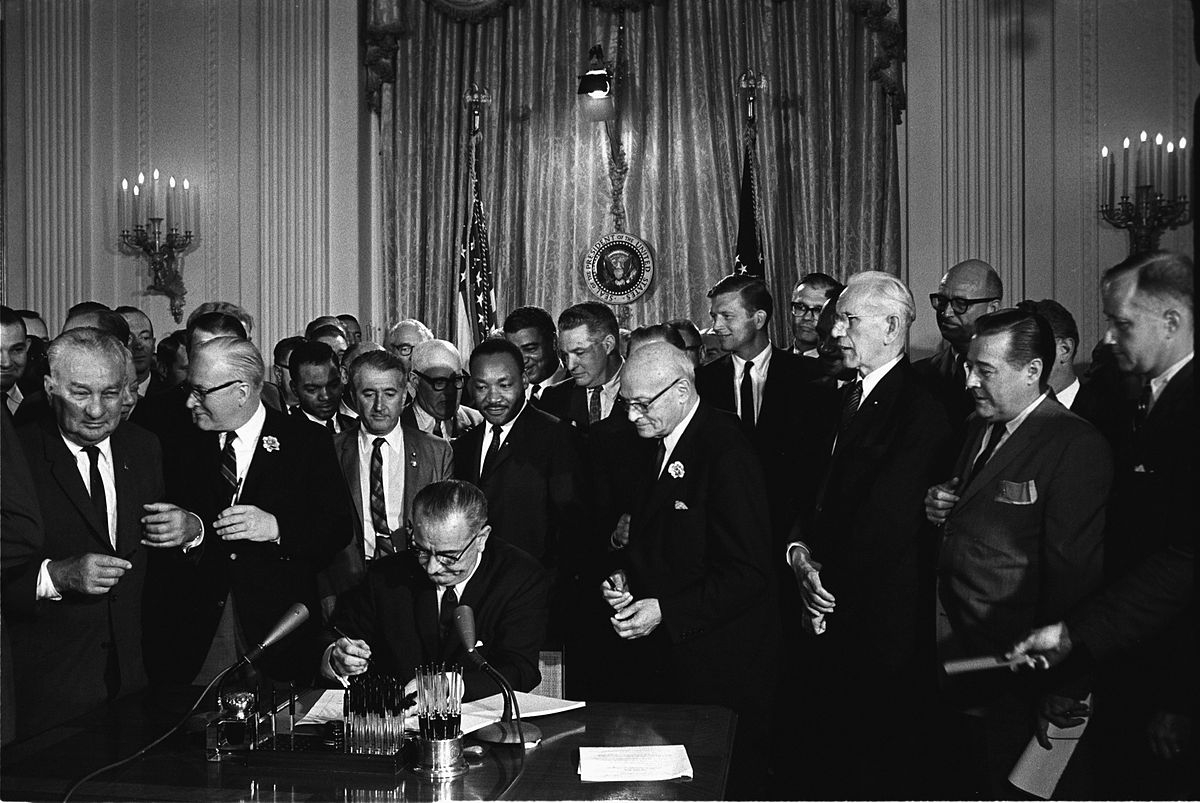
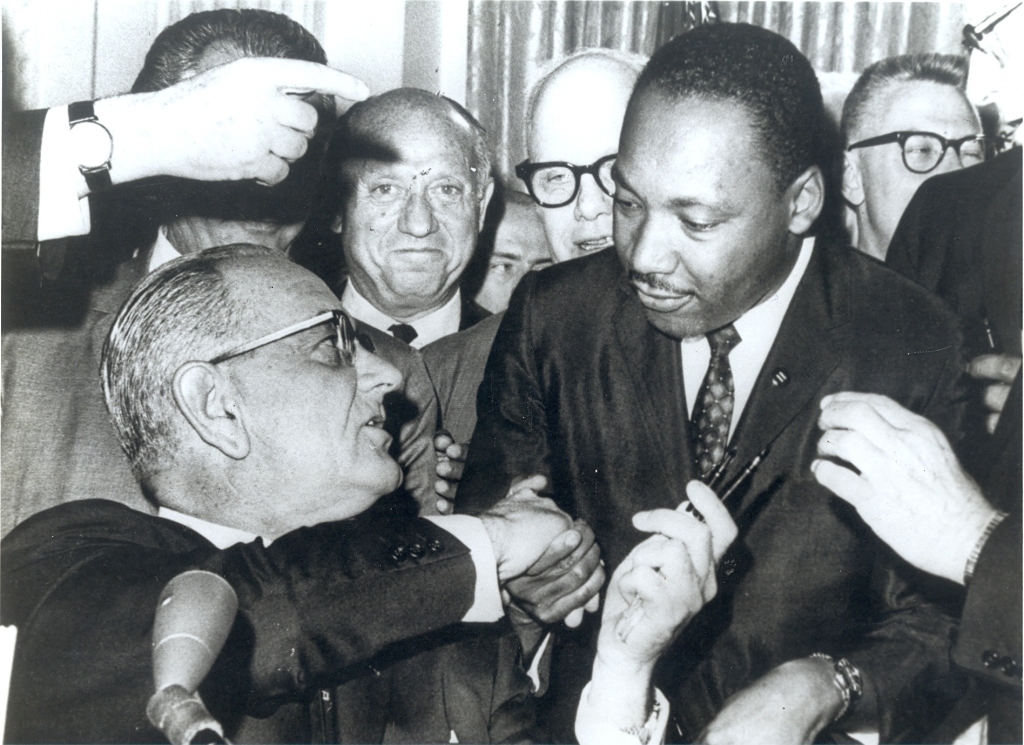
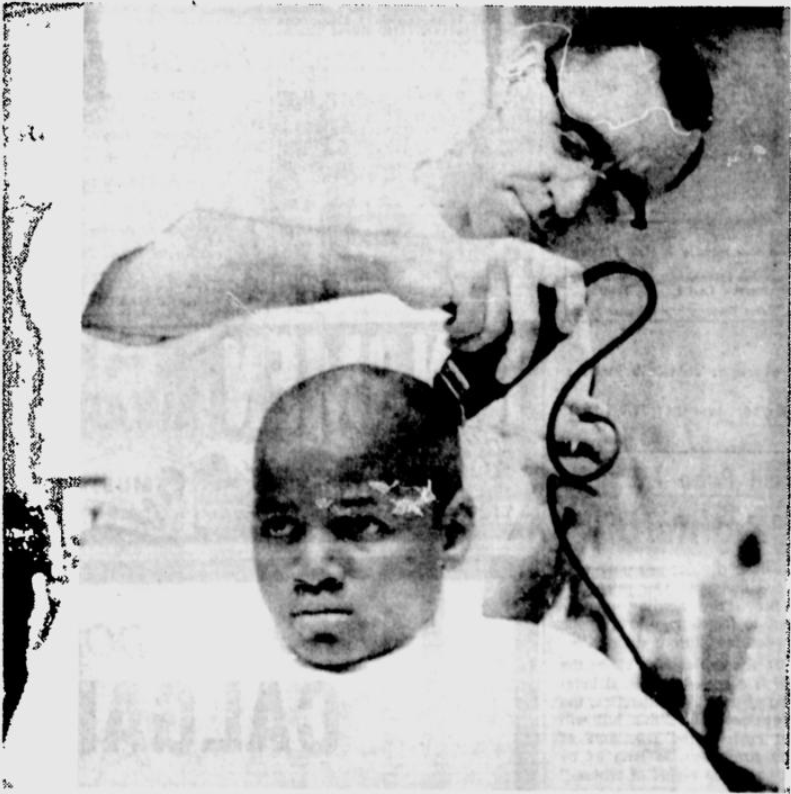
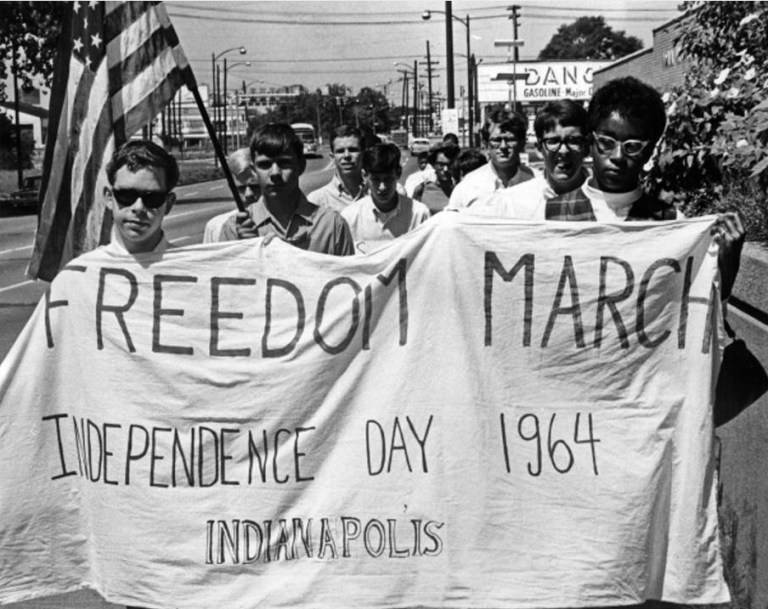

![[March 5, 1964] Brushwinged, I Soar (Hannah Green's I Never Promised You a Rose Garden)](https://galacticjourney.org/wp-content/uploads/2019/03/640305RoseGarden_Cover-383x372.png)

![[November 22, 1963 cont.] Highest indictment for Presidential assassin](https://galacticjourney.org/wp-content/uploads/2018/11/631122oswald-672x372.png)
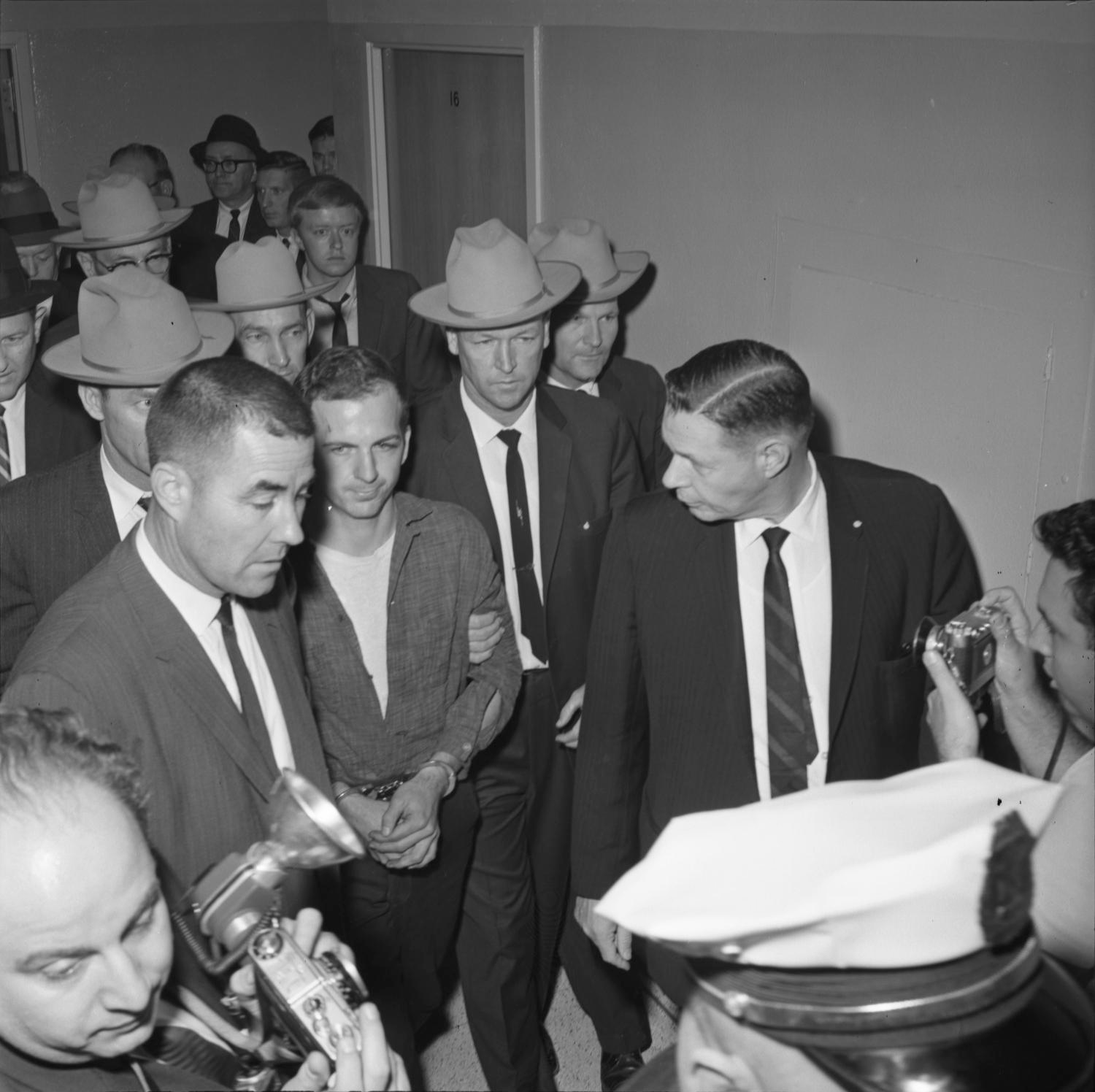

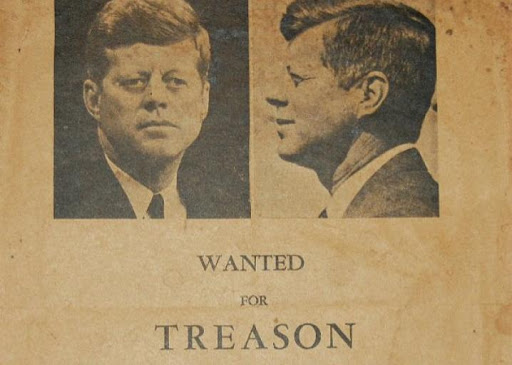
![[November 21, 1963] Words for bondage (Laurence M. Janifer's <i>Slave Planet</i>)](https://galacticjourney.org/wp-content/uploads/2018/11/631121janiferslaveplanet-387x372.png)




![[October 14, 1963] Take a little trip… (Timothy Leary's <i>Psychedelic Review</i>)](https://galacticjourney.org/wp-content/uploads/2018/10/631014psychrev1-1cvr-508x372.png)
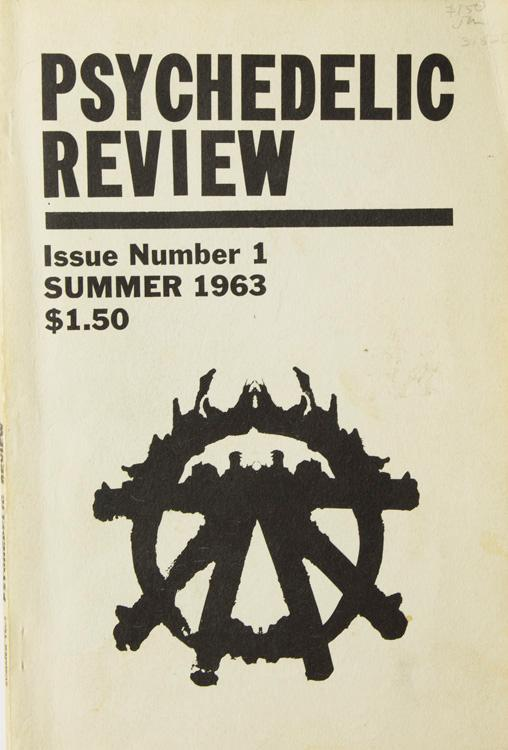
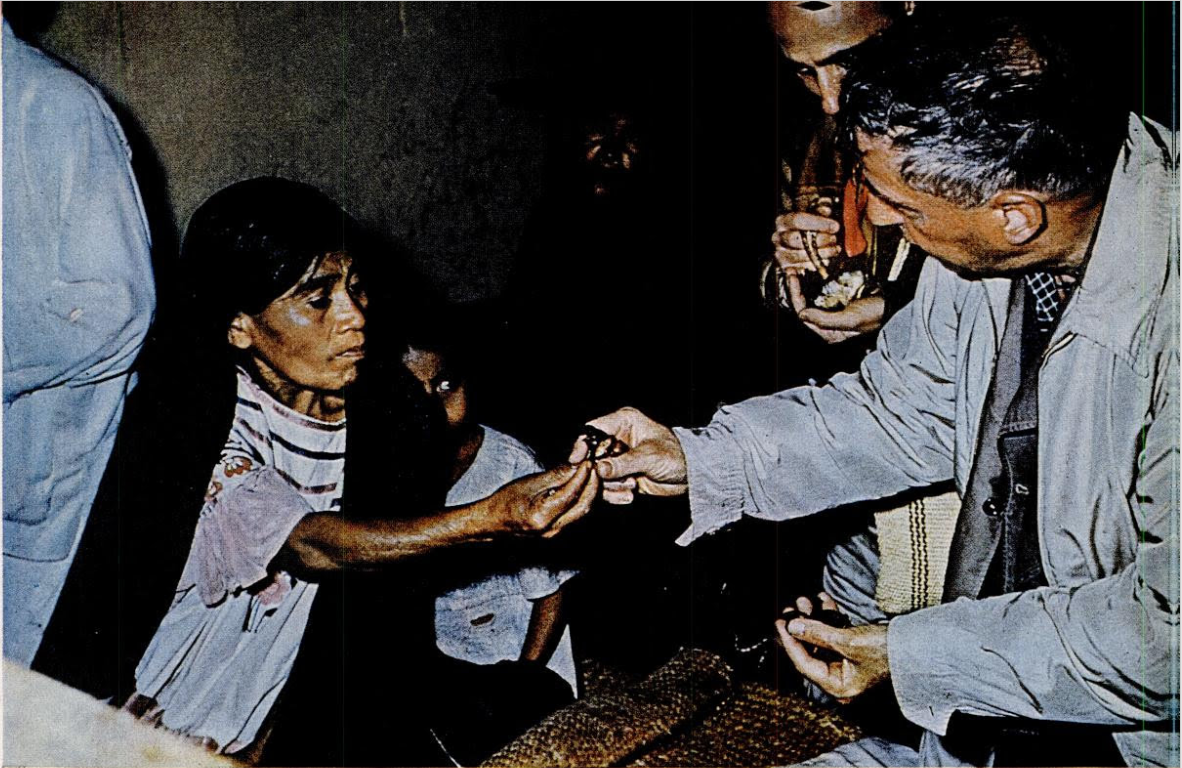

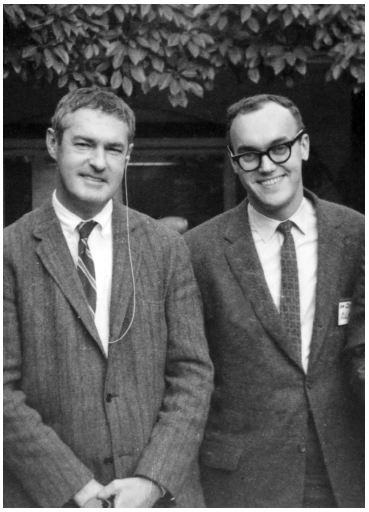
![[September 7, 1963] Druids at College: An Old Religion for a New Era](https://galacticjourney.org/wp-content/uploads/2018/09/630907druids-672x372.jpg)
